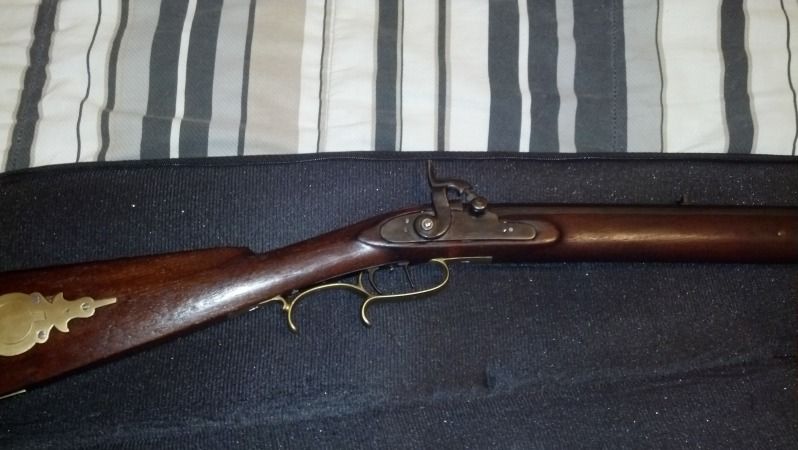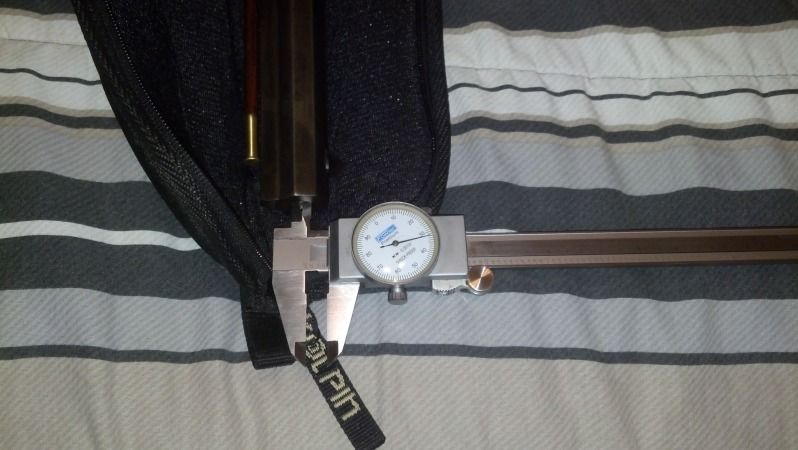eugenenine
36 Cal.
- Joined
- Jun 23, 2012
- Messages
- 93
- Reaction score
- 7
Ok, time for newb question.
I have this ~100 year old rifle given to me by my grandfather. Took to a small shop who sent it out to a gunsmith they work with and he clean it up and test fired it so I know its safe and won't blow up on me.
So I put my micrometer in he bore and measured around .32" so I started ordering supplies. But it seems that .32 caliber tools are too large?
I can take a cleaning brush and screw on the end of a .22 cleaning rod and it will go all the way in an out properly. Am I just running into an issue that because everyone is running repo .45,.50 and .54 calibers all the ramrods and tools are made too big? Or is there some even more obscure smaller than .32 caliber that I have.
I have this ~100 year old rifle given to me by my grandfather. Took to a small shop who sent it out to a gunsmith they work with and he clean it up and test fired it so I know its safe and won't blow up on me.
So I put my micrometer in he bore and measured around .32" so I started ordering supplies. But it seems that .32 caliber tools are too large?
I can take a cleaning brush and screw on the end of a .22 cleaning rod and it will go all the way in an out properly. Am I just running into an issue that because everyone is running repo .45,.50 and .54 calibers all the ramrods and tools are made too big? Or is there some even more obscure smaller than .32 caliber that I have.







